Earlier this month I gave a talk on Southern cookbooks to Stephen Berrey’s class for his course "The American South: A History of Race and Culture since Reconstruction." (History 262/American Culture 263)
The story of Southern cooking is a long and complicated one, with diverse cuisines feeding into it in various ways. And the account of Southern cooking in Southern cookbooks is more complex yet, as elements of that history are romanticized, rationalized, highlighted or suppressed.
One thread that runs through Southern cookbooks is the figure of the African American in the kitchen. After about 1880 this figure, usually female, often explicitly a “mammy”, is praised for her cooking skills, and often lionized as being at the foundation of good southern cooking.
The (usually white) authors take for granted that these culinary artists belong in a servile position, having always occupied one in the south.
There’s more to the characterization than good cooking, however. The black cook is portrayed as a creature of instinct, not of reason, one who has a mysterious sense of how to cook, likened to magic, or to a cult.
Here’s the sequence of images I show the class, which (since there will be another post on the class next month) I'll allow to speak for themselves:
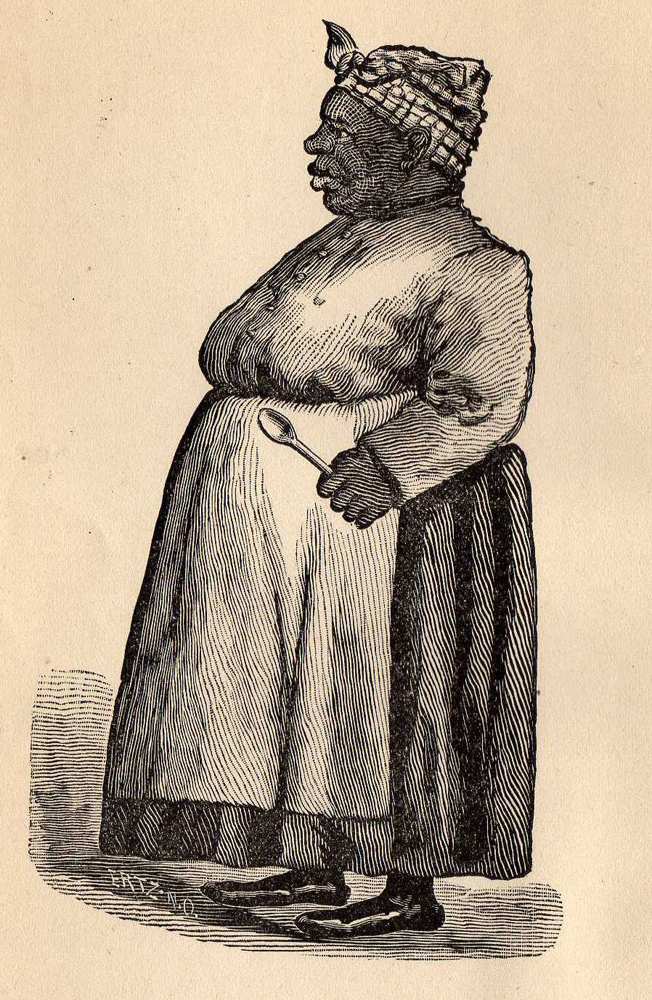
Frontispiece, The Creole Cookery Book Edited by the Christian Woman's Exchange of New Orleans, 1885
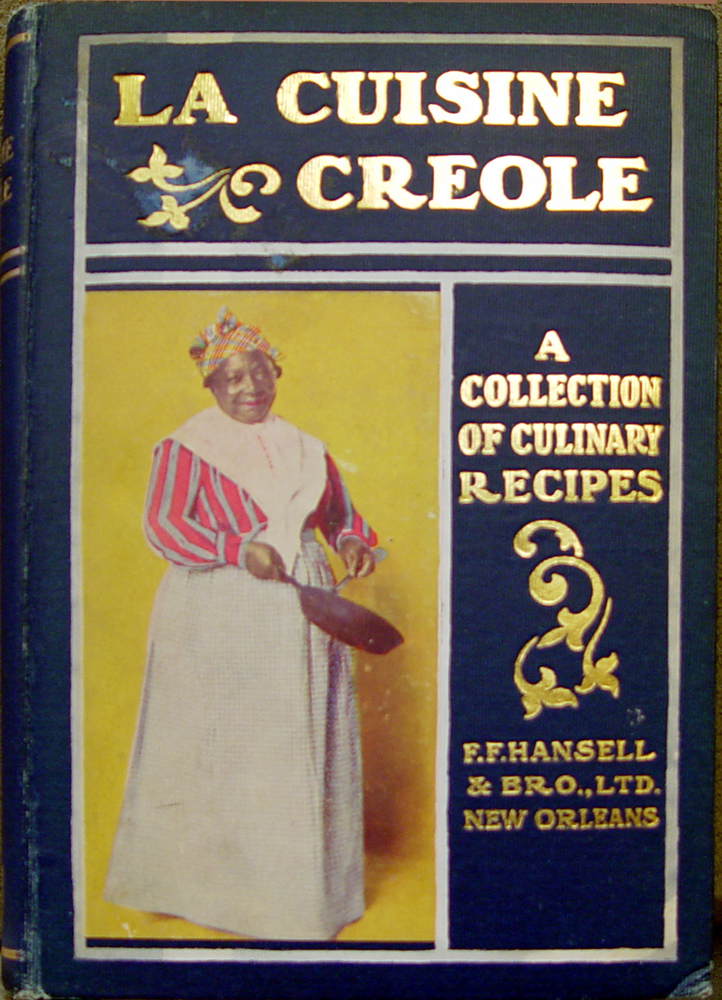
Cover, La Cuisine Creole, a Collection of Culinary Recipes From Leading Chefs and Noted Creole Housewives, Who Have Made New Orleans Famous For its Cuisine, Lafcadio Hearn, 1885
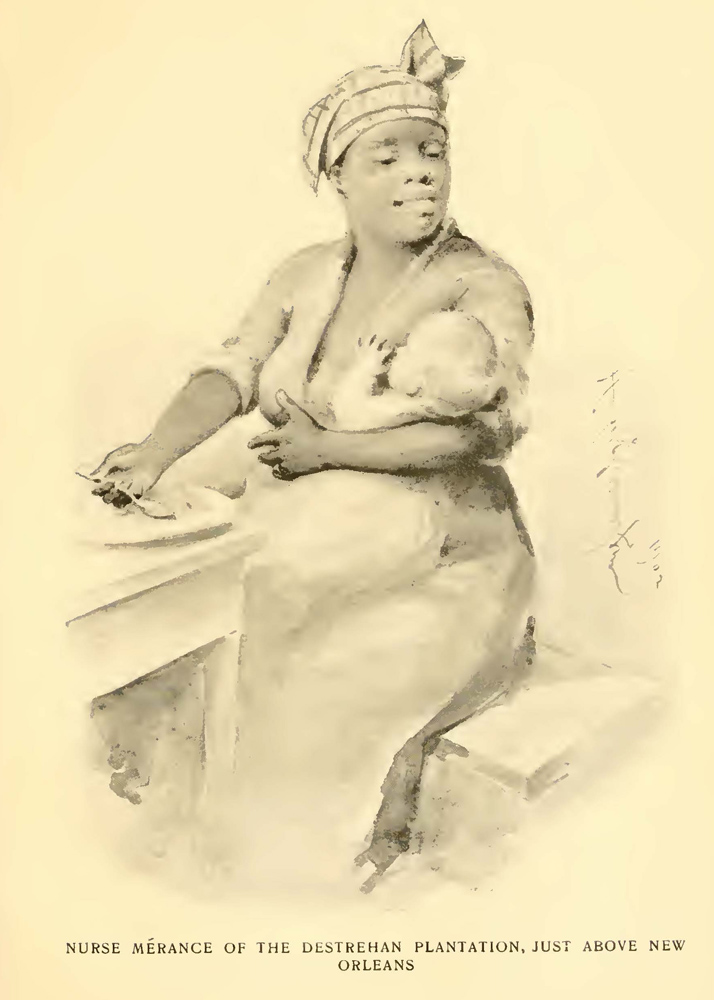
Illustration (unnumbered page between p.32& p.33), Cooking In Old Créole Days La Cuisine Créole a L'usage Des Petits Ménages by Célestine Eustis, 1903
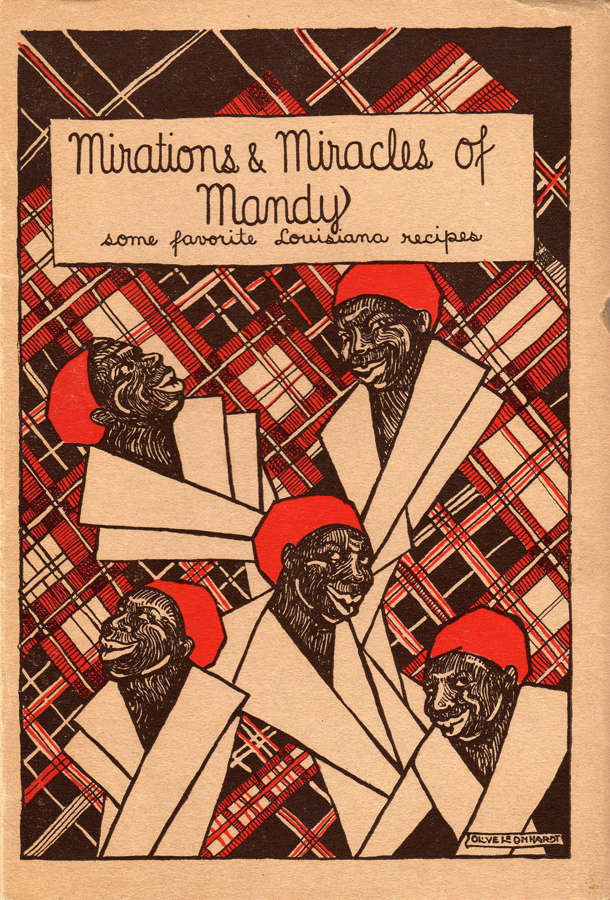
Cover, Mirations and Miracles of Mandy by Natalie Scott, 1929
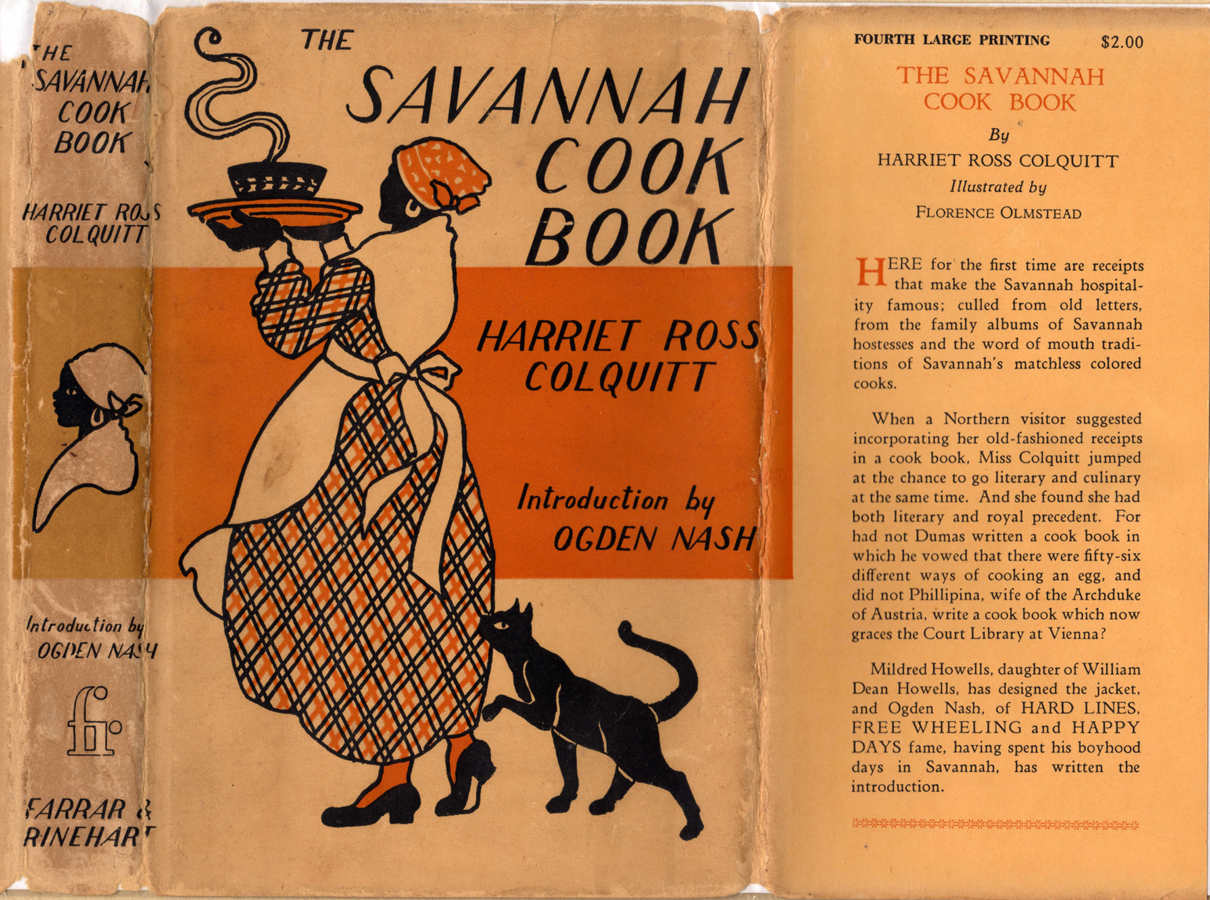
Dust jacket, The Savannah Cook Book: a Collection of the Old Fashioned Receipts From Colonial Kitchens Collected and Edited by Harriet Ross Colquitt, 1933
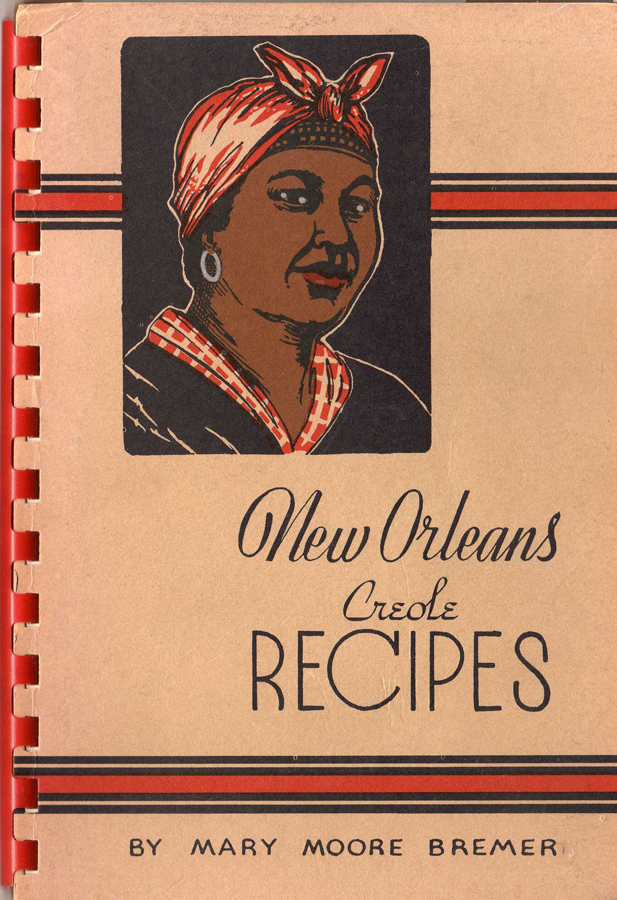
Cover, New Orleans Creole recipes by Mary Moore Bremer, 1961
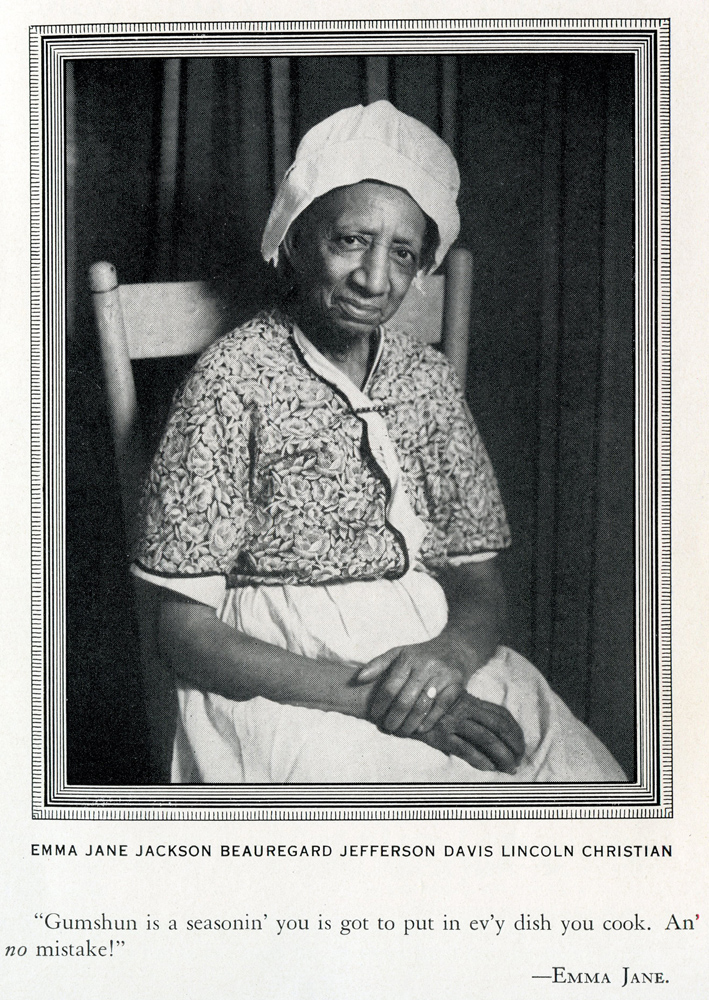
Frontispiece, Emma Jane's Souvenir Cook Book and Some Old Virginia Recipes Collected by Blanche Elbert Moncure, 1937
Further reading
Cooking in other women's kitchens : domestic workers in the South, 1865-1960 / Rebecca Sharpless. 2010
Cooking in other women's kitchens [electronic resource] : domestic workers in the South, 1865-1960 / Rebecca Sharpless. 2010
Hog & Hominy: Soul Food From Africa to America by Frederick Douglass Opie 2008
African American Foodways: Explorations of History and Culture Edited By Anne L. Bower. 2007
Aunt Jemima, Uncle Ben, and Rastus: Blacks in Advertising, Yesterday, Today, and Tomorrow. 1994
Further Viewing
Guide to African-American-Authored Cookbooks
David Walker Lupton African American Cookbook Collection, University of Alabama
Alphabetical list of Lupton Collection holdings